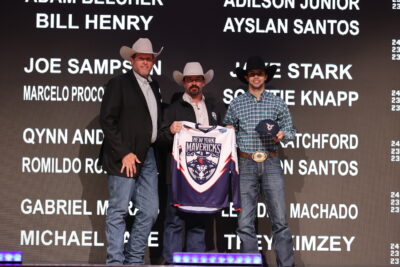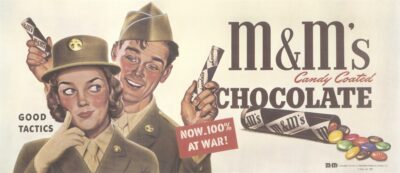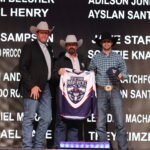During my high school days, I competed in three sports. I was pretty busy and staying out of trouble, for the most part.
One of the sports I competed in but had not planned to was wrestling. I tried out for basketball, which I loved playing. During the tryouts, I ran into the wrestling coach in the hallway. He said to me, “When you get cut from basketball, report to the wrestling room.”
I was a big professional wrestling fan as a kid. I was one of those who believed it was real—so much so that I’d show the covers of my wrestling magazines that portrayed guys covered in blood to the naysayers.
Looking back, believing it was real made it more fun. No one could convince me otherwise. I knew better. In fact, I was disappointed to learn that there was another kind of wrestling where you couldn’t strike people with metal chairs.
I came to love competing in what I later discovered was real wrestling. It was the most grueling and exhausting competition I had ever experienced. And it was all over in six minutes or less (eight minutes when I competed in college). I was a heavyweight but on the lighter side, so most of the guys were bigger than me. In my first match in college I was about 210 and my opponent was in the neighborhood of 280.
I can still recall the end of some matches when my forearms felt like they were going to burst, and my throat felt like it was on fire from the intense exertion of hand-to-hand combat. It was the most uncomfortable feeling I’d ever experienced to that point in my life. Of course, once your hand was raised in victory, it was a little easier to tolerate.
I haven’t written about the strangulation death of George Floyd by several police officers up until now, although I do think about it daily. The video footage is excruciating, with 8 minutes and 45 seconds of having the life squeezed out of you with three grown men kneeling on you.
When I wrestled, I was rarely down for long. I fought like crazy to get that one guy off me, but I wasn’t handcuffed behind my back.
I cannot imagine the desperation of being held down, handcuffed behind my back, with three fit men kneeling on me, one with his knee on my neck for more than eight minutes. When I wrestled for six or eight minutes, if felt like a lifetime on the mat.
I cannot imagine what it would have felt like on concrete, when I all I could do was say, “I can’t breathe” and finally, call out for my mother. But that was exactly what happened to George Floyd, a grown man handcuffed and calling out for his mother after three cowards kneeled on his legs and back and neck for almost nine minutes.
This is not an isolated incident; it’s just another chapter in an endless story in which a parade of black men, as well as women, are snuffed out by those members of law enforcement who appear to know no restraint, even in situations in which no threat is posed.
I never had to have “the talk” with my sons about what they need to do to say safe when they are stopped by the police. Yet I know that every father of a black son does.
I must admit I don’t know what the proper term is for changing things in law enforcement, and I understand that some of these terms are politically explosive. Nevertheless, whichever term is the one that best inspires and organizes the steps needed to move the ball forward, I’m all in.
Andrew Malekoff is the executive director of North Shore Child and Family Guidance Center, the leading children’s mental health agency on Long Island. The Guidance Center is seeing new and existing clients via telephone and video during the COVID-19 crisis. To make an appointment, call 516-626-1971. Visit www.northshorechildguidance.org for more information.



















